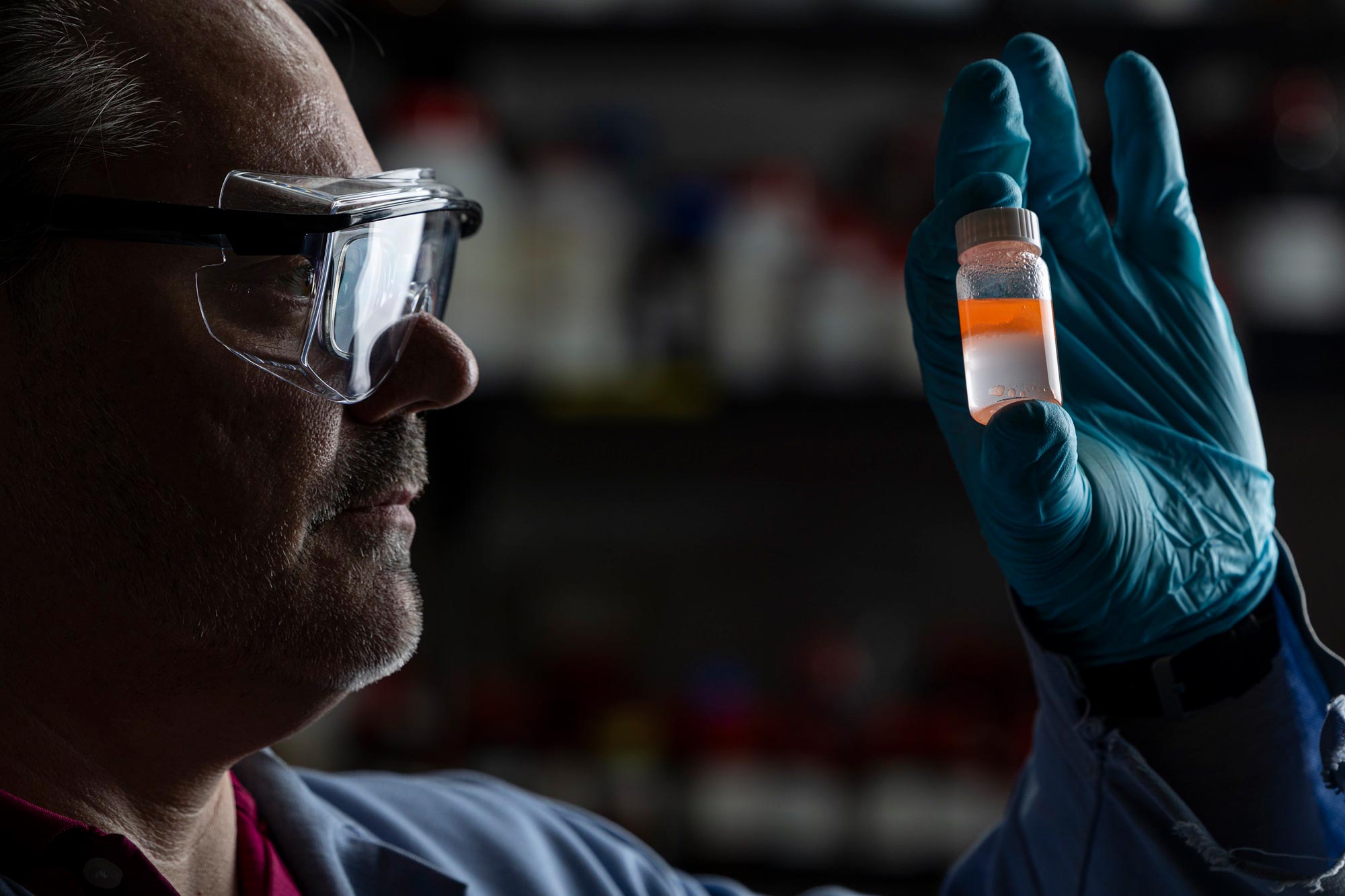Scientists present groundbreaking technology to remove nanoplastics
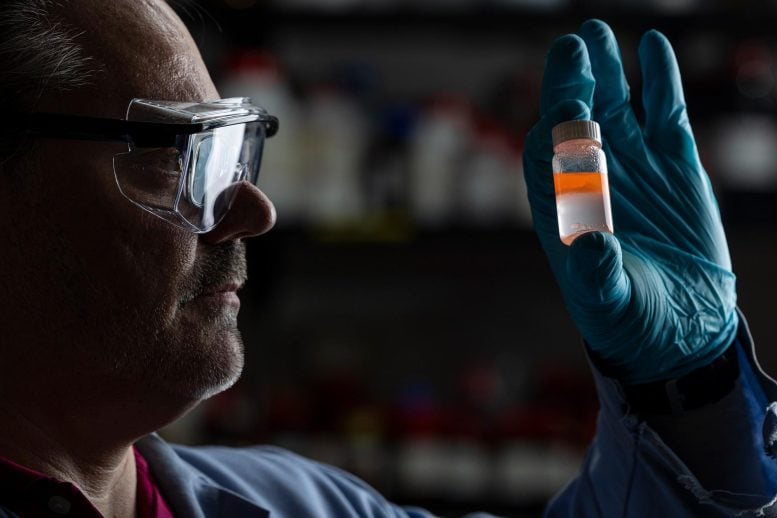
A team from the University of Missouri has developed a method that uses environmentally friendly solvents to remove most nanoplastic particles from water. The method is suitable for both fresh and salt water.
Nanoplastics are becoming an ever greater enemy of human health. Nanoplastics are much smaller than the diameter of an average human hair and cannot be seen with the naked eye.
Nanoplastics, which have been linked to cardiovascular and respiratory diseases, continue to accumulate in the world’s waters largely unnoticed. The challenge remains to develop a cost-effective solution to eliminate nanoplastics while leaving behind clean water.
Now researchers at the University of Missouri have developed a revolutionary liquid-based solution that removes more than 98% of these microscopic plastic particles from water. This method, which was demonstrated in a new study in ACS Applied Engineering Materialspromises significant advances in water treatment technology.
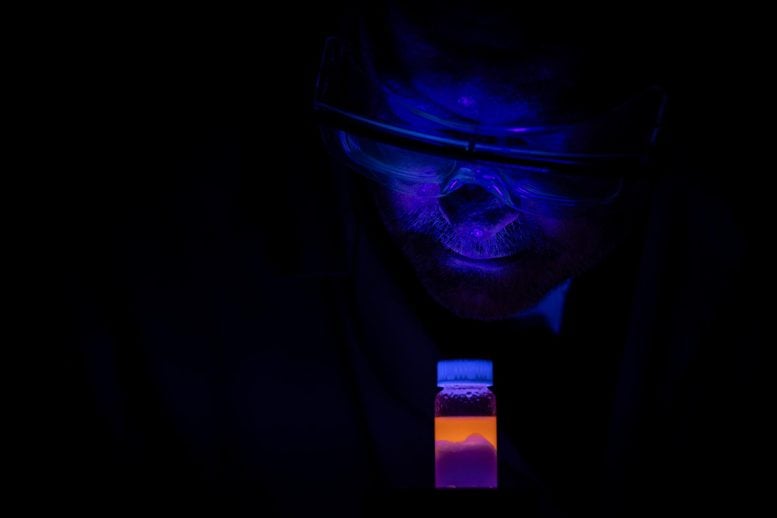
“Nanoplastics can disrupt aquatic ecosystems and enter the food chain, posing risks to both wildlife and humans,” said Piyuni Ishtaweera, a recent graduate who led the study while pursuing her doctorate in nano and materials chemistry at Mizzou. “To put it simply, we are developing better ways to remove pollutants like nanoplastics from water.”
Innovative cleaning methods
The novel process, which uses water-repellent solvents derived from natural ingredients, not only provides a practical solution to the pressing problem of nanoplastic pollution, but also paves the way for further research and development of advanced water treatment technologies.
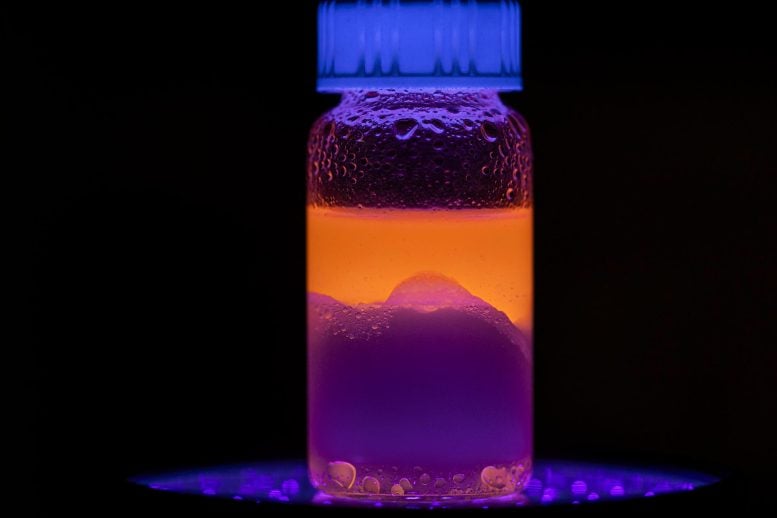
“Our strategy uses a small amount of a designer solvent to absorb plastic particles from a large volume of water,” said Gary Baker, associate professor in the Department of Chemistry at Mizzou University and corresponding author of the study. “Currently, the capacity of these solvents is not well understood. In future work, we plan to determine the maximum capacity of the solvent. In addition, we will explore methods to recycle the solvents so they can be reused multiple times if needed.”
Scaling and future applications
At first, the solvent stays on the water surface, just like oil floats on water. Once it is mixed with water and separates again, the solvent floats back to the surface, carrying the nanoplastic particles with it in its molecular structure.
In the lab, researchers simply remove the nanoplastic-laden solvent with a pipette, leaving behind clean, plastic-free water. Baker said future studies will work to scale the entire process so it can be applied to larger bodies of water, such as lakes and eventually oceans.
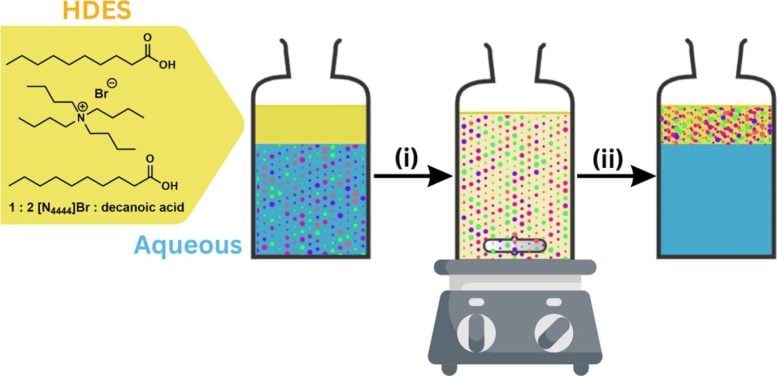
Impacts and next steps
Ishtaweera, who now works at the U.S. Food and Drug Administration in St. Louis, noted that the new method is effective in both fresh and salt water.
“These solvents are made of safe, non-toxic components and their ability to repel water prevents further contamination of water sources, making them a highly sustainable solution,” she said. “From a scientific perspective, the development of effective removal methods promotes innovation in filter technology, provides insight into the behavior of nanomaterials and supports the development of sound environmental policies.”
The Mizzou team tested five different sizes of Polystyrene-based nanoplastics, a common type of plastic used in the manufacture of Styrofoam cups. Their results surpassed previous studies that largely focused on only a single size of plastic particle.
Reference: “Nanoplastics Extraction from Water by Hydrophobic Deep Eutectic Solvents” by Piyuni Ishtaweera, Colleen L. Ray, Wyland Filley, Garrett Cobb and Gary A. Baker, June 4, 2024, ACS Applied Engineering Materials.
DOI: 10.1021/acsaenm.4c00159

